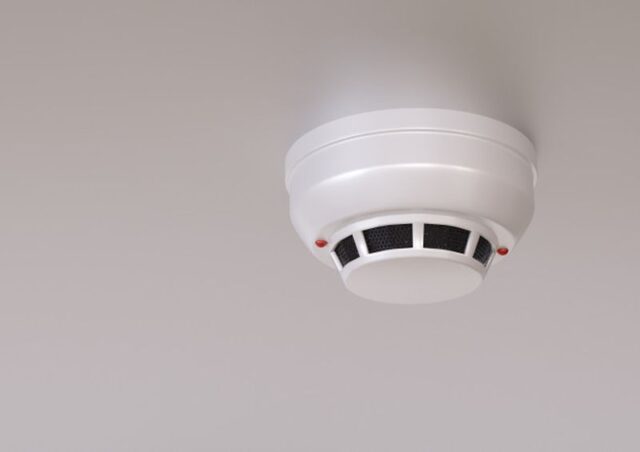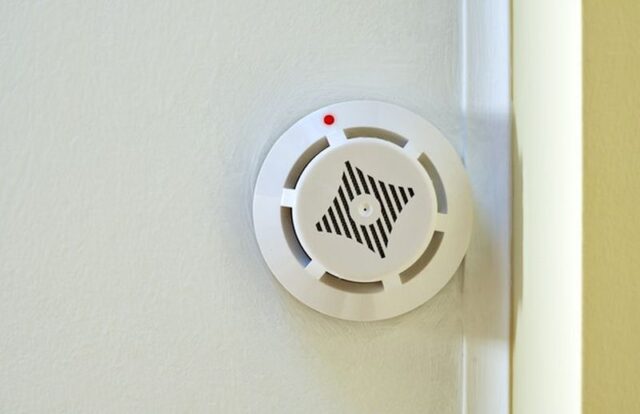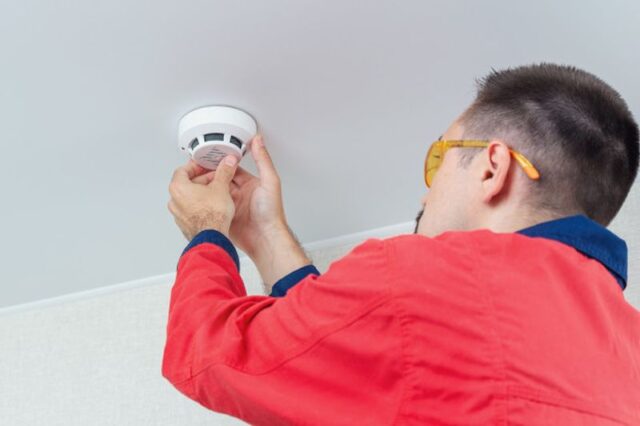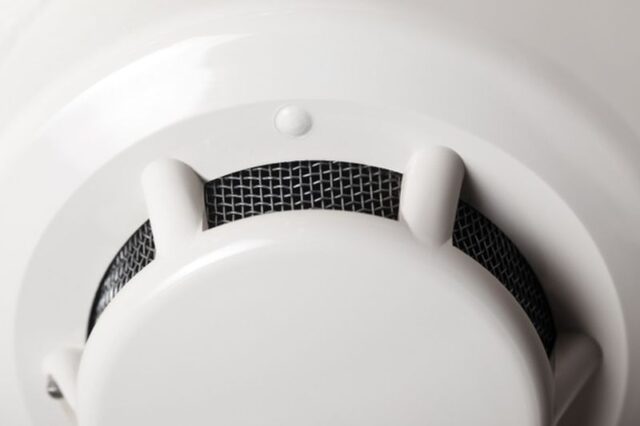
Surely you know that carbon monoxide is a tasteless, odorless, and poisonous gas that occurs as a combustion by-product. If you have any gas appliances in your home, such as an oven, water heater, furnace, and fireplace, you should have a CO detector installed. Why? Well, if any of these appliances malfunction, they will emit carbon monoxide, and you can be in real danger.
Taking into consideration that carbon monoxide can be undetectable, it is vital to have this detector in your home. In the following text, we will introduce you to these requirements in California and also provide you with tips on where to place these and how to increase the safety of your family.
What are the requirements in California?

First things first, let us tell you who is required to have a CO detector by law. First of all, every unit with fuel-burning appliances, as well as those that have an attached garage, must have this alarm installed inside the home. The main power supply must be connected to the unit’s wiring, and the device also needs to have a back-up battery. When it comes to the alarms that are battery-powered, these can be used in dwelling units that haven’t been renovated, meaning the ones that didn’t require a construction permit.
Next, when it comes to units intended for human occupancy that required a construction permit for renovations and repairs, a carbon monoxide detector must be installed. As for the device itself, it must be in accordance with UL 2034 standard, and it must be installed in the proper way, according to the manufacturer’s instructions.
Finally, carbon monoxide alarms must be placed outside each sleeping area, i.e., bedrooms, and on every floor of the unit, including basements.
The types of CO alarms
There are two types of CO detectors – electromechanical and biometric. The former one is most commonly used in households since it doesn’t use a lot of power and can operate at room temperature. The second one includes a sensor that changes its color as the level of carbon monoxide increases. These are extremely accurate and are usually used in hospitals, and similar facilitates since the possibility of false alarms is very low. Naturally, there are also devices specifically designed for individuals with visual and hearing impairments. These include strobes as well as vibrating pads, and you can learn more about them on the X-Sense website.
Where to place it?

We have already mentioned that the location of this device is stated by the law regulations, but let us discuss it a bit further. In the ideal situation, you would have one of these installed in every larger room of your home, such as the kitchen, living room, bedroom, etc.
Moreover, if your home consists of multiple floors, you should install one device at each of them. In addition, we have already discussed that furnaces are a common source of carbon monoxide, meaning that you need to install the device in close vicinity to it. Generally speaking, these are usually located in the basement, which is why the law clearly states that you must install one detector in that area.
Finally, make sure to have one detector in the garage, and it also may be necessary to have one installed in the laundry room if you have a gas-fueled dryer or other similar appliances.
Now, the big question arises – Should you place it on the wall or the ceiling? There has been a lot of debate regarding this question. Some guides state that you should install it on the ceiling since this gas is lighter than air. However, taking into consideration the fact that this gas occurs when the heat-source device malfunctions, the air in the room will also heat, creating a pocket that may prevent the gas from reaching the detector. It is why it is recommended to install it on a wall. If your device has a digital display, naturally, you should place it at the eye-level so that you can easily read it.
Moreover, make sure that the device isn’t too close to the appliances because you may get numerous false alarms. The general rule is to place it around 15 feet from the potential carbon monoxide source. Another thing, due to the design of the detector, it shouldn’t be installed in rooms such as the bathroom because of the heat and humidity. Similarly, you have to make sure that it isn’t exposed to direct sunlight and near any heating devices such as radiators. It goes without saying that it must be outside the children’s reach.
How to prevent CO poisoning?

Yes, there are many things you can do to prevent this disaster from occurring, and naturally, the first one is to install the carbon monoxide detector in numerous rooms around the house. Then, you should never leave the car running in a closed garage, not even for a few minutes. Never use gas-powered appliances for heating. Make sure to regularly check the ventilation system in your home, especially in the closed space areas.
What to do if the alarm goes off?
Finally, before we conclude this article, let us give you some practical tips on what to do if the device detects carbon monoxide. Considering that this gas is tasteless and odorless, you should absolutely never ignore the warning, even if you are almost positive that it is a false alarm.
As soon as the alarm goes off, leave your residence and go outside to breathe in the fresh air. On your way out, you should open all the windows that are in close vicinity of the detector. Next, make sure that all your family members are alright and check if they are experiencing any symptoms. If you notice any of them, call 911 immediately. Then, you should call professionals for help, and under no circumstances should you go back inside before they inspect the area or the alarm goes off. Finally, make sure to check all the appliances to find and resolve the problem.









